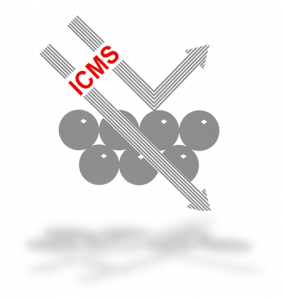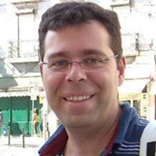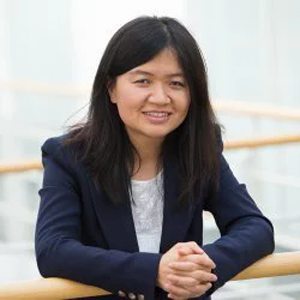Photoelectrochemical Water Splitting with ITO/WO3/BiVO4/CoPi Multishell Nanotubes Enabled by a Vacuum and Plasma Soft-Template Synthesis
Dr. Jorge Gil Rostra
Nanotechnology on Surfaces and Plasma
May 13
Day(s)
:
Hour(s)
:
Minute(s)
:
Second(s)
Multiscale materials design for sustainable energy conversion and storage
Prof. Qiong Cai
University of Surrey, UK
April 1
ICMS-sci-talks are held by scientists from ICMS with the aim of discussing and disseminating their research activity. They consist of 20-25 min talks focussing on recently published papers. These talks take place monthly, typically the first Tuesday of the month, at 10.00 am in cicCartuja2 (yellow building) seminars room.
Contact: ·
ICMS Invited Lectures are held by researchers on topics of utmost interest to our Institute. The goal is to encourage the establishment of contacts between the guests scientists and our research groups..
Contact:
Instituto de Ciencia de Materiales de Sevilla
Centro de Investigaciones Científicas Isla de la Cartuja. C/Américo Vespucio, 49 – 41092 Sevilla (España)
Tel.: (+34) 954489527 | Fax: (+34) 954460165 |





